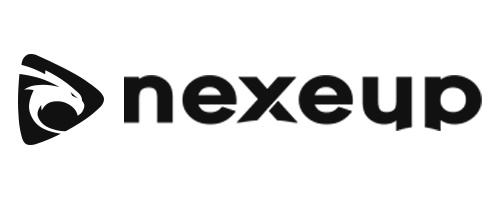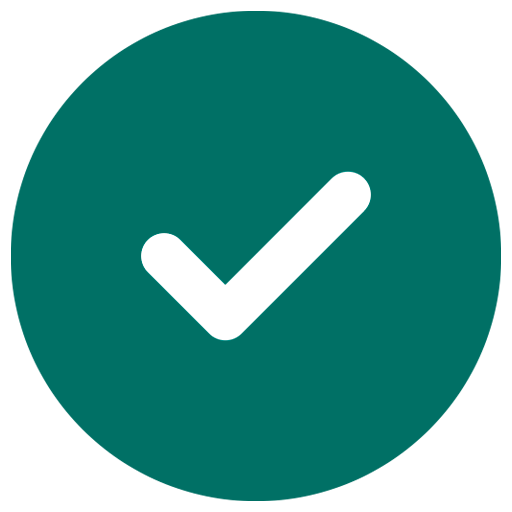Summary
- The text emphasizes tailoring applications to highlight specific qualifications for each role, enhancing candidacy success.
- Networking is crucial, with data showing 70–85% of jobs are filled this way.
Before diving into the seven strategies, here’s a quick overview of what you’ll learn: first, how to pinpoint roles that genuinely match your background; second, how to customize each element of your application—resume, cover letter, and online profiles—to showcase your strongest qualifications; third, how to navigate skills-based hiring and Applicant Tracking Systems (ATS); and finally, how to leverage networking and thoughtful follow-ups to turn applications into interviews. By weaving together insights from hiring-insider surveys, career-expert analyses, and real-world recruiter experiences, you’ll discover practical, human-centred tactics that go beyond one-size-fits-all advice and help you stand out authentically.
1. Identify Roles That Truly Fit Your Skills
Rather than scattering applications everywhere, start by researching positions whose core responsibilities align closely with your top skills and experiences. A targeted search increases your odds of moving past initial screenings and ensures you’re investing time where it counts.
- Perform a skills-job mapping. List your three to five strongest competencies—technical or soft—and scan job descriptions for roles where those skills are repeatedly emphasized. Hiring managers find it twice as easy to identify qualified candidates when they use a skills-first approach.
- Analyze industry language. Different companies might describe the same role in varied terms. Compare multiple postings for “marketing analytics,” for example, to notice whether some stress data visualization while others focus more on campaign optimization.
- Validate with actual employees. Quick chats or informational interviews with people doing similar work reveal daily realities beyond the job ad. These conversations can uncover unadvertised needs—say, familiarity with a niche software—that give you an edge.
By confining your search to roles that truly resonate with your strengths, you avoid the scattergun approach and position yourself as a natural fit from the get-go.
2. Tailor Your Resume to Highlight Core Qualifications
A generic résumé rarely captures attention. Instead, create a modular document where you reorder and tweak sections to underscore the qualifications most prized for each application.
Structure for Impact
- Lead with a qualifications summary. Open with a brief bullet list or two that directly mirrors the job’s must-have skills. If the ad calls for “cross-functional project leadership,” say, “Led cross-functional teams of 10‒15 in product launches generating a 25% uplift in user engagement”.
- Reverse-chronological core. Follow with a streamlined history of roles, but only include past experiences that reinforce your suitability. Older or unrelated jobs can go into a “Additional Experience” appendix or be omitted entirely.
- Skills and certifications. Place this section immediately after your summary if the role hinges on niche tools or credentials—AWS certifications, speaking Spanish, or proficiency in advanced Excel functions.
Optimize for ATS
- Use clear headings. Labels like “Experience,” “Education,” “Skills,” and “Certifications” ensure ATS parsing accuracy.
- Embed keywords naturally. Instead of listing “Python, SQL, Tableau” in a single line, integrate them into achievement statements—“Developed Python scripts to automate data pipelines, reducing processing time by 40%.”
- Avoid graphics or unusual fonts. ATS systems stumble on visuals and complex formatting, so keep it simple and text-focused.
By treating your resume as a living document—one you adapt per role—you ensure that your top qualifications leap off the page, both to human eyes and algorithmic screens.
3. Craft a Targeted Cover Letter That Speaks to Their Needs
A cover letter isn’t just a formality; it’s your chance to translate your qualifications into solutions for the company’s challenges.
- Open with context. Start by referencing something specific: a recent product launch, company milestone, or challenge highlighted in their news section.
- Align your story. Choose one or two examples from your past where your skills directly addressed a comparable issue. Use concise, conversational language—skip jargon and let your personality show.
- Close with confidence. Rather than a generic “I look forward to hearing from you,” try: “I’m eager to apply my five years of e-commerce optimization experience to amplify your next campaign’s ROI.”
Harvard Business Review finds that cover letters “that sound like you” are twice as likely to be read fully and remembered later. By speaking directly to their needs and keeping your tone authentic, you’ll distinguish yourself from boilerplate submissions.
4. Leverage Skills-Based Hiring Approaches
Many organizations are shifting toward skills-first hiring, especially to broaden their talent pools and meet DEIB goals. In a skills-first model, your demonstrated abilities often matter more than the exact years or pedigree of experience.
- Highlight transferable skills. If you’re transitioning industries, lead with competencies—like “data analysis” or “stakeholder management”—that translate across contexts.
- Share portfolio or assessment links. Whenever possible, include links to code samples, design portfolios, or completed skills assessments. This proactive proof of ability resonates with hiring teams looking for tangible evidence.
- Prepare for skills-based interviews. Understand that questions will zero in on how you’d apply your capabilities. Practice situational or competency-based questions to articulate your thought process clearly.
By framing your candidacy around demonstrable skills, you tap into a recruiting superpower that both speeds up hiring and levels the playing field.
5. Optimize Your LinkedIn and Online Profiles
Your digital presence often serves as your first impression—many recruiters will check LinkedIn or portfolio sites before even requesting a formal application.
- Use a clear, keyword-rich headline. Instead of “Marketing Professional,” try “B2B Marketing Strategist | Lead Gen Expert | 30% Annual Pipeline Growth”.
- Craft an engaging summary. In two to three mini-paragraphs, tell your career story, highlight your top three skills, and close with a call to action like “reach out to discuss…”.
- Showcase recommendations and projects. Ask former colleagues or supervisors for brief LinkedIn recommendations that underscore your key qualifications. Upload presentations, articles, or case studies that illustrate your impact.
- Stay active and strategic. Share or comment on industry-relevant articles, especially those related to the roles you’re targeting. Recruiters notice consistent engagement—and you’ll keep your network informed of your expertise.
An optimized LinkedIn profile can lead to inbound opportunities you never even applied for, turning your qualifications into a magnet for recruiters.
6. Use Your Network to Get Referrals and Insider Intel
Data show that 70–85% of jobs are filled through networking rather than cold applications. A warm introduction or insider tip not only accelerates your candidacy but also helps you tailor your pitch precisely.
Networking Tactics
- Informational interviews. Reach out to alumni or second-degree connections for a 15-minute chat about their experience at companies you’re interested in.
- Leveraging referrals. Employee referrals often jump straight to the top of the screening pile—don’t hesitate to ask contacts if they’d be willing to put in a good word.
- Group participation. Join professional communities on Slack, Discord, or niche forums where your target employers’ employees gather. Being an active, helpful member can lead to unadvertised openings.
By treating networking as a two-way street—offering your insights in return—you forge relationships that can transform your qualifications into recommended fits.
7. Follow Up Strategically and Keep Learning
After submitting an application or completing an interview, your next moves can make or break momentum. Thoughtfully timed follow-ups reinforce your qualifications and commitment.
- Post-application check-in. If you haven’t heard back after two weeks, send a brief note: “I recently applied for [Role] and remain very enthusiastic about contributing my [Skill]. Do you have any updates on the hiring timeline?”
- Post-interview thank you. Within 24 hours, email each interviewer, referencing a specific topic you discussed—perhaps that skills-based challenge you brainstormed together—and reiterate how your qualifications fit that need.
- Continuous skill-building. While you wait, take short courses or earn micro-credentials relevant to your field. Mentioning these in follow-ups shows proactive growth and keeps your candidacy fresh.
A well-timed follow-up note with new information—like completion of a relevant certification—can reignite interest and demonstrate that you’re both eager and evolving.
By applying these seven smart methods—identifying fitting roles, customizing every application component, leveraging skills-based hiring, optimizing your online presence, and networking and following up strategically—you’ll use your qualifications not as static credentials, but as dynamic tools that solve employers’ real problems. This human-centred approach ensures you stand out authentically, not just algorithmically, and move confidently from application to offer. Good luck!







These strategies offer a comprehensive and proactive approach to job hunting, emphasizing the importance of aligning your skills with the right roles and continuously adapting your applications to stand out. Embracing these methods can truly enhance your job search experience and increase your chances of success. Best of luck on your career journey!